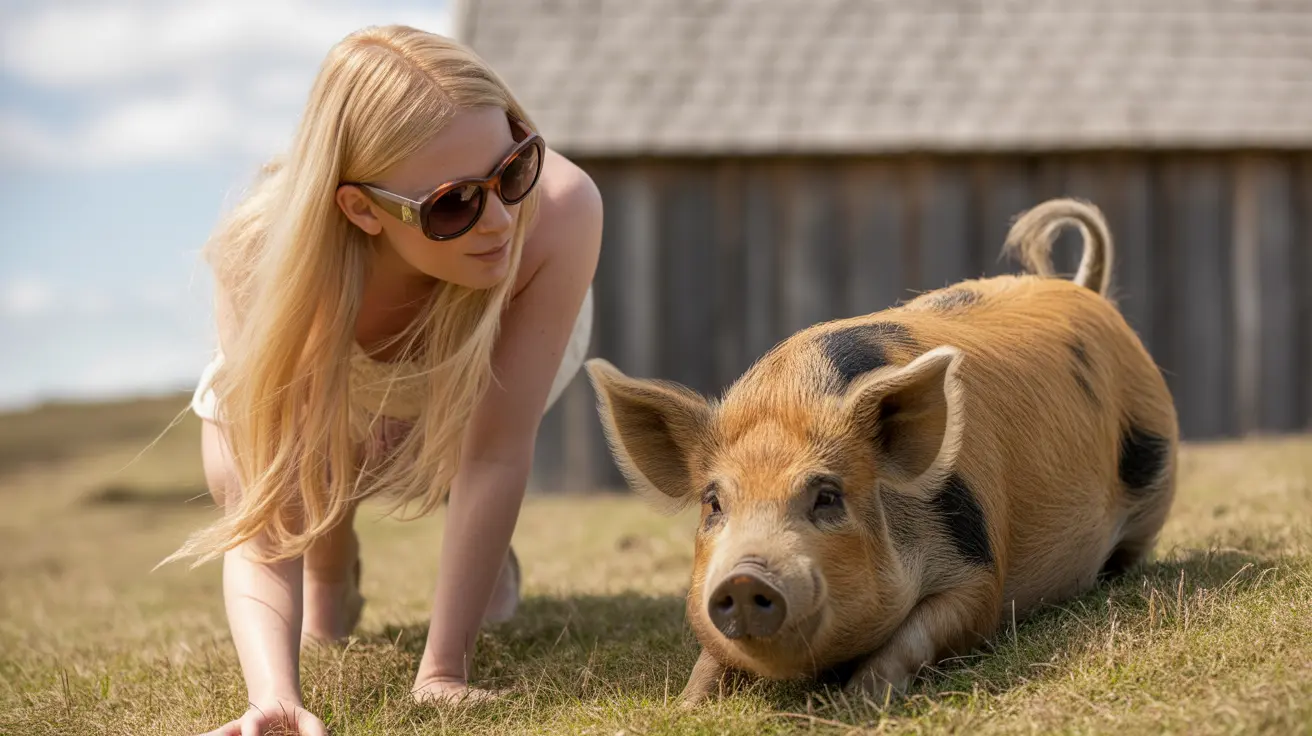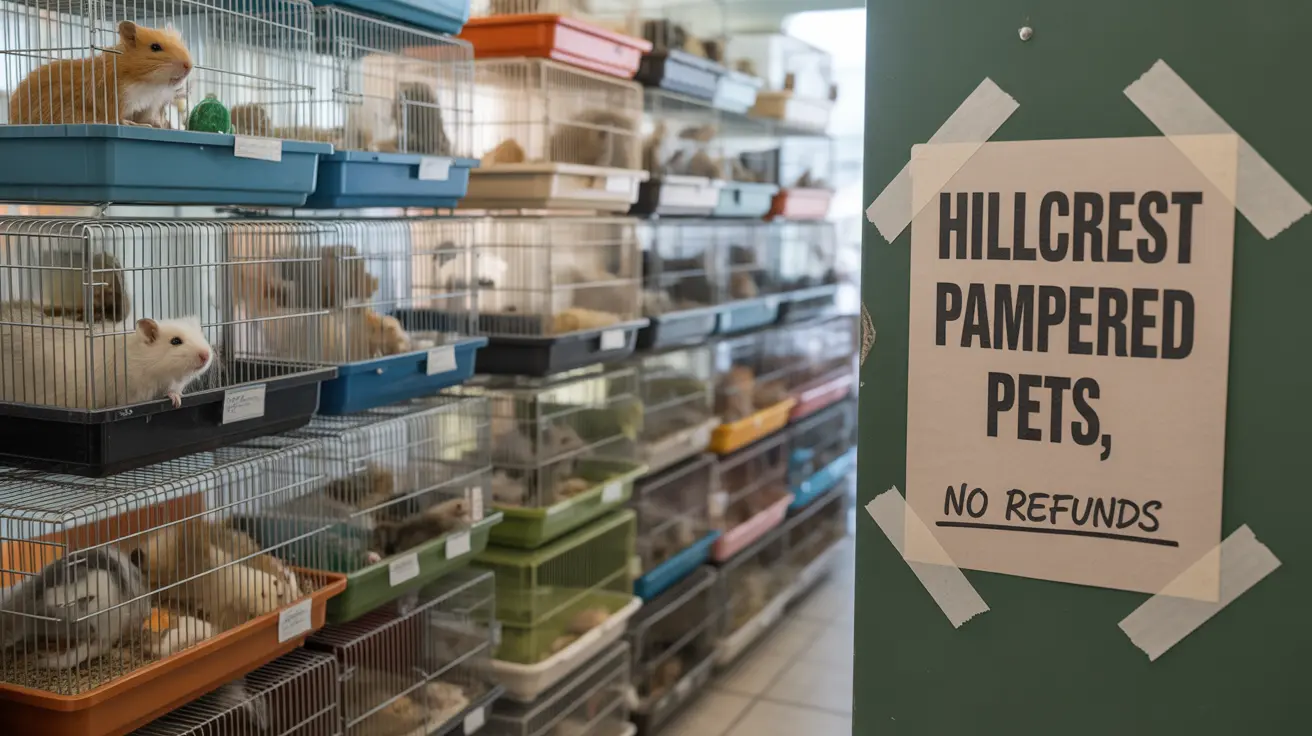As winter approaches Tennessee, the state's diverse wildlife employs fascinating strategies to survive the colder months. From the Great Smoky Mountains to the Mississippi River valley, Tennessee wildlife winter survival showcases nature's remarkable adaptability. Understanding these survival mechanisms not only satisfies our curiosity about local fauna but also helps pet owners and nature enthusiasts better appreciate and protect the animals sharing their environment.
Tennessee's unique geographical position creates diverse habitats that support various species, each with distinct winter survival strategies. While some animals migrate to warmer climates, others have evolved sophisticated methods to endure the cold, including hibernation, torpor, and behavioral adaptations that ensure their survival until spring returns.
Black Bear Torpor Tennessee: Not True Hibernation
One of the most misunderstood aspects of Tennessee wildlife winter survival involves black bears. Contrary to popular belief, black bear torpor Tennessee represents a lighter form of dormancy than true hibernation. During winter months, Tennessee's black bears enter a state called torpor, where their heart rate and breathing slow significantly, but they can still wake up if disturbed.
Female bears give birth during this period, nursing their cubs while in their winter dens. Unlike true hibernators, bears don't experience the dramatic drop in body temperature that characterizes hibernation, making their winter survival strategy uniquely effective for Tennessee's variable winter climate.
Tennessee Bat Hibernation Caves and White-Nose Syndrome
Tennessee bat hibernation caves provide critical winter refuges for several bat species. These caves maintain consistent temperatures that allow bats to enter true hibernation, dramatically slowing their metabolism to conserve energy through the winter months when insects are scarce.
However, White-nose Syndrome bats Tennessee face represents a serious conservation challenge. This fungal disease affects hibernating bats, disrupting their winter rest and often proving fatal. The syndrome has significantly impacted Tennessee's bat populations, making cave protection and wildlife conservation winter Tennessee efforts increasingly important.
Groundhog Hibernation Tennessee and True Winter Sleepers
Among Tennessee's mammals, groundhog hibernation Tennessee exemplifies true hibernation. These rodents dramatically lower their body temperature, heart rate, and breathing to survive winter without eating. Unlike bears, groundhogs remain completely dormant throughout winter, relying entirely on stored body fat for survival.
Other true hibernators in Tennessee include some bat species and certain small mammals that have evolved to completely shut down their systems during the coldest months, making them among the most efficient practitioners of Tennessee wildlife winter survival.
Winter Bird Migration Tennessee and Feeding Strategies
Winter bird migration Tennessee showcases diverse survival strategies among avian species. While some birds migrate to warmer southern regions, others remain year-round, adapting their behavior and diet to survive Tennessee's winters.
Bird feeding in winter Tennessee becomes crucial for resident species that rely on seeds, nuts, and occasional insects. Cardinals, blue jays, and woodpeckers adjust their feeding patterns, often visiting backyard feeders that provide essential supplemental nutrition during harsh weather periods.
Animal Brumation Reptiles Tennessee
Reptiles and amphibians in Tennessee enter animal brumation reptiles Tennessee, a cold-weather dormancy similar to hibernation but with key differences. During brumation, reptiles become inactive but may occasionally emerge on warmer days to drink water or bask in sunlight.
Snakes, lizards, and amphibians find winter shelter in logs, rock crevices, or underground burrows where temperatures remain more stable. This adaptation allows cold-blooded animals to survive Tennessee's winter temperatures without the metabolic demands of staying active.
Food Caching Squirrels Tennessee and Winter Preparation
Food caching squirrels Tennessee demonstrates proactive winter preparation strategies. Throughout autumn, squirrels busy themselves gathering and hiding nuts, seeds, and other food sources in multiple locations. This behavior ensures they have access to nutrition throughout winter when fresh food sources become scarce.
Squirrels also grow thicker winter coats and may share winter nests to conserve body heat, showing how multiple survival strategies work together to ensure successful overwintering.
Frequently Asked Questions
How do black bears in Tennessee survive the winter if they don't truly hibernate?
Black bears in Tennessee enter torpor, a lighter dormancy state where their metabolic rate slows but they can still wake if needed. They rely on stored body fat accumulated during fall and den in protected locations like hollow trees or caves.
What strategies do Tennessee birds use to stay warm and find food during winter months?
Tennessee birds employ various strategies including growing thicker feathers, roosting together for warmth, changing their diet to available winter foods like seeds and nuts, and visiting bird feeders for supplemental nutrition.
Which Tennessee mammals are true hibernators, and how does their hibernation process work?
Groundhogs are true hibernators in Tennessee, dramatically lowering their body temperature, heart rate, and breathing. They survive entirely on stored body fat without waking throughout winter, unlike bears which enter the lighter state of torpor.
Protecting Tennessee's Winter Wildlife
Understanding Tennessee wildlife winter survival helps us become better stewards of local ecosystems. By providing appropriate winter bird feeding, protecting hibernation sites, and respecting wildlife during their vulnerable winter period, we can support the remarkable adaptations that allow Tennessee's diverse animal populations to thrive year-round.
Whether you're a pet owner curious about local wildlife or a nature enthusiast wanting to help, recognizing these winter survival strategies creates opportunities to coexist harmoniously with Tennessee's remarkable animal communities throughout the challenging winter months.






